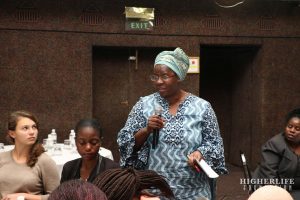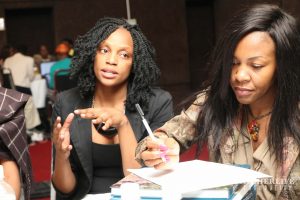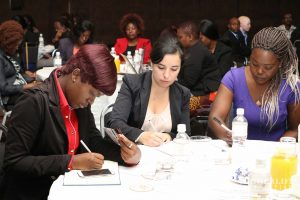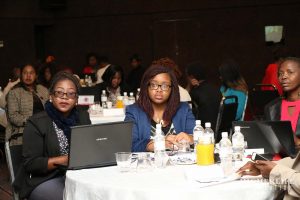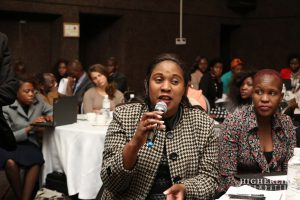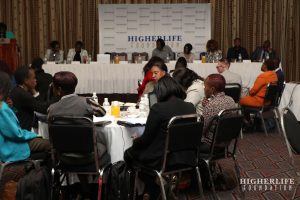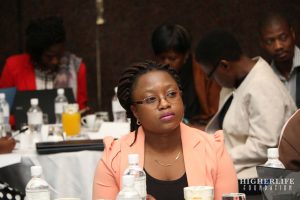On the 2nd of August 2016 Higherlife Foundation in partnership with Women’s Coalition Zimbabwe and Tag A Life successfully held the inaugural Girl Child Indaba themed “Educate the girl child, Empower the Nation” in Harare, Zimbabwe. This indaba, which is Higherlife Foundations first public statement on its position on gender equality, was aimed at tabling, discussing and coming up with solutions for the challenges faced by the girl child when trying to access quality education, as 28 million girls are currently out of school in Sub-Saharan Africa.
Girls need education because with education, her children will be 40% more likely to live past the age of 5 and she is 3 times less likely to become HIV positive. An educated girl will most likely earn up-to 25% more for every year spent in secondary school, she will marry later, have a smaller healthier family and also invest in her children’s education. An educated girl will also resist gender based violence and discrimination, and change her community from within.
Discussions at this indaba focused on Access to education, Quality of education and Lifelong Engagement for the girl child. A total 6 of organisations which include Unicef, CAMFED, Zimbabwe Teachers Association (ZIMTA) and the Ministry of Primary and Secondary education in Zimbabwe presented insights on the situation on the ground for the Zimbabwean girl child.
Common in the presentations was a concern that lack of funds has become a barrier to female participation in education. Poverty at the household level has increasingly discouraged parents from enrolling their children in school or forced parents to withdraw the girl child from education once the demand for fees becomes impossible to meet, opting to marrying out the child at an early age. According to CAMFED, girls from the poorest 20% of households were more than 4 times as likely to be married before age 18 than girls from the richest 20% of households.
Child marriage as a major contributor to the girl child’s education challenges also took centre stage when 3 girls shared testimonies of how at some point in their life they almost opted to become child brides as a solution to their problems, if it weren’t for support organisations like Shamwari yeMwanasikana. CAMFED added to this conversation by saying that 1 in 3 girls in Africa are married before their 18th birthday and that the less education a girl has, the more likely she is to marry during her childhood.
In a panel discussion where indaba attendees interacted directly with leaders in girl child activism, pregnancy was raised as an issue that prevented girls from completing their education. Cited, were cases where girls have been expelled from school when after falling pregnant. The Ministry of Primary and Secondary education however stated that it is unlawful to expel a girl in such circumstances as policy states that the girl should only be given leave to give birth and continue with her education when she is ready. The Ministry went on to clarify that, it is the parents who make it hard for their children the moment they fall pregnant by chasing them away from home and pushing them to marry the father of the child no matter their age. Panelists implored parents to be accommodative, love their children despite the circumstance and help re-integrate their children into school if something like this happens.
A number of solutions also came up from the break-away sessions where attendees were divided into groups to brainstorm possible solutions to tabled challenges. Suggested solutions included:
- Increasing advocacy for female participation in school so that everyone know that it is also a girls right to go to school.
- Involving the community in policy development particularly when it concerns culturally sensitive issues such as child marriage and allowing pregnant girls to stay in school.
- Associating women in school activities either as teachers or mothers to ensure that females are equally represented through-out the education process.
- Developing income generating activities at community level to supplement household income and help meet costs of education.
- Lastly private sector organisations were encouraged to reinvest in their communities through scholarships for the girl child to reduce effects of poverty on a child’s education.
A total of 104 people attended the indaba and 77% of them were females.


